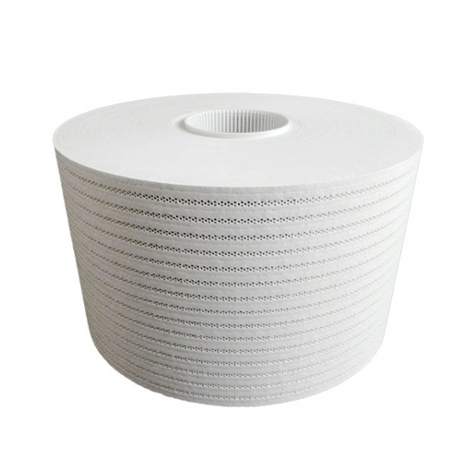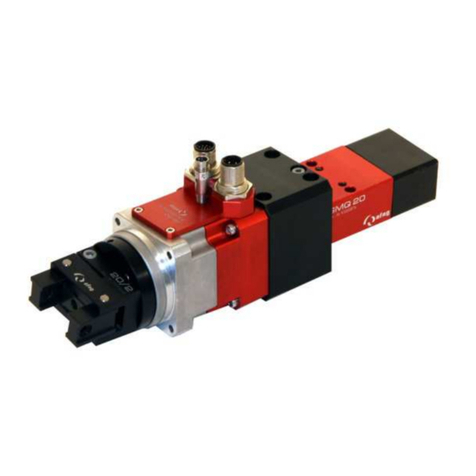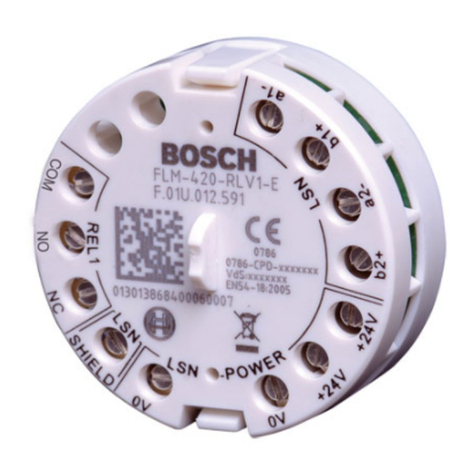Stingray SV160 Series Instruction Manual

Series SV160
Emergency Shower Valve
(1)
Installation &
Maintenance Manual
M ESV H
Setting the Mixing Valve
Caution: When maintaining and adjusting the
mixing valve, all xtures should be isolated from
use. Stingray Systems recommends that you
work safely at all times and in a manner consistent
with the OSHA Lock/Tagout standard, 29 CFR
1910.147 and other applicable standards.
This mixing valve has been set at the factory to
deliver 85°F outlet ow. Should the valve require
adjustment, or an application require a different set
temperature, proceed as follows:
1. Contact the proper medical and safety authori-
ties to determine correct water temperature for
the specic application.
2. If the valve is outtted with a padlock #1 and
lockout plate #2, unlock and remove.
3. Use a spanner wrench to remove the tamper-
resistant cap screws #3.
4. Create a draw on the mixing valve by opening
a downstream shower xture.
Caution: When maintaining and adjusting the mix-
ing valve, the delivered ushing uid temperature
shall be 60°F (15°C) to 95°F (35°C). In circum-
stances where chemical reaction is accelerated
by ushing uid temperature, a medical advisor
should be consulted for the optimum temperature
for each application.
Note: Valve must be installed with check valves.
If shut off valves are installed in the shower line
for maintenance purposes, provisions shall be
made to prevent unauthorized shut off.
Valve
Number A B C D
SV160 11″9″8″41/4″
DIMENSIONS:
www.tepid.com
CAPACITIES – SERIES SV160
Pressure Drop PSI 510 20 30 45
Tempered Flow 25 35 50 60 72
Cold Water Bypass 14 20 28 40 45
D
V2
V1
#3 CAP SCREWS
SAFETY LATCH #1 PADLOCK (optional)
#2 LOCKOUT PLATE
(optional)
30
40
50
60
70 80
90
110
120
130
30
40
50
60
70 80
90
110
120
130 30
40
50
60
70 80
90
110
120
130
1”
4N.P.
T.
COLD
INLET
N.P. T.
HOT
INLET
1”
4A
B
C
1
1
N.P. T. TEMPERED
OUTLET
1”
4
1
T2
T3
T1
5330 East 25th Street
Indianapolis Indiana 46218
Phone: (888) 445-4142
ASSE 1071 Approved

(2)
5. Insert a 5/32″allen key into the cap opening of
valve 1 (V1) and seat in the adjustment screw
(not shown). Set the outlet temperature by turn-
ing the adjustment screw clockwise to reduce
temperature, counterclockwise to increase tem-
perature. Use thermometer (T1) to measure the
outlet temperature.
6. Adjust valve 2 (V2) using the same procedure
used to adjust valve 1 (V1).
7. Examine thermometers T1 and T2. Valve 1 and
valve 2 should be set to the same temperature
and the outlet temperature should be 85°F
or as specied for your application. Adjust if
necessary.
8. Replace cap screws #3, lockout plate #2 and
padlock #1.
Testing the Mixing Valve
The mixing valve and the emergency xtures it serves
should be tested weekly for proper operation.
Valve temperature test procedure is as follows:
1. Activate shower xtures to observe and record
the temperature of the thermometers T1, T2, and
T3. The valve is functioning properly if the T1
and T2 temperatures are equal and T3 is at the
proper outlet temperature. If the temperature of
thermometers T1 and T2 are not equal, readjust
the mixing valve according to the section “Setting
the Mixing Valve.” Slight variations between the
valve set temperatures and the outlet tempera-
tures may occur.
2. Observe the ow from the emergency xtures
to ensure an adequate ow of water.
In addition to testing for proper temperature, the cold
water by-pass and hot water shut down features of
the mixing valve should be tested weekly.
The test procedure is as follows:
1. Test valve temperature as described in Step 1
and Step 2 above.
2. Shut off the hot water supply to the mixing valve.
Observe the outlet ow from the emergency x-
tures to ensure an adequate ow of cold water.
A slight drop in ow may occur after shutting
down the hot water supply to the mixing valve;
however, the drop should be minimal and for a
short duration.
3. Open the hot water supply to the mixing valve.
Thermometers T1 and T2 should return to their
set temperatures and T3 to the proper outlet
temperature.
4. Shut off the cold water supply to the mixing valve.
The ow of water should shut down rapidly.
5. Open the cold water supply. Thermometers T1
and T2 should return to their set temperatures
and T3 to the proper outlet temperature.
Note: Thermometers T1, T2, and T3 should be
checked at least every six months.
Replacing a Thermostat Cartridge
The thermostat replacement procedure is as follows:
NOTE: Stingray Systems recommends that you work
safely at all times and in a manner consistent with
the OSHA Lock/Tagout standard, 29 CFR 1910.147
and other applicable standards.
1. Shut off the hot water supply and cold water
supply to the mixing valve.
2. Unscrew valve V1 or V2 (depending on which
valve is not operating properly) and install a new
thermostat cartridge assembly.
3. Open the hot water supply and the cold water
supply to the mixing valve. Check the tem-
perature to see if the replacement cartridge is
operating correctly. If the temperature requires
adjustment refer to the section “Setting the Mix-
ing Valve.”
Operating Principle
The Series SV160 Mixing Valve is made of two inde-
pendent thermostats housed in a single casting. The
twin thermostatic cartridges respond independently
to incoming hot and cold water temperatures and
provide backup protection against element failure.
If one element fails, the other should continue to
function properly. If only one element is operating
the valve will experience a decrease in outlet tem-
perature (T3). For this reason the Series SV160 Valve
requires testing and maintenance on a regular basis.
In the event of element failure, the cartridge will
provide full cold water ow. The resulting tem-
perature difference between the two valves will be
reected by T1 and T2.
Installation
After installing the mixing valve, be sure to ush the
system thoroughly. Stingray Systems recommends
isolation and check valves for proper maintenance.
Valve 2
(V2)
Valve 1
(V1)

(3)
Figure 1
Typical installation. Valve must be
installed with check valves.
Figure 2
Typical recirculating installation. Valve
must be installed with check valves.
Typical Installation Figure 1
When installed at or near the water heater and
without a recirculation system:
Install the valve as shown in Figure 1 with the mixing
valve positioned below the hot water tank or heater.
If this is not possible, pipe in a heat trap as shown.
Typical Installation Figure 2
When installed away from the water heater with a
recirculating pump on the hot water supply line:
Note: If the valve is installed 20 feet or more from
the water heater, it is important to recirculate the
hot water supply to the mixing valve.
Install the mixing valve as shown in Figure 2. The non-
circulated loop should be limited to 10 feet and must
be ushed periodically.
GUARANTEE
Caution: The cold water line must be installed so
that it is not affected by excessively hot ambient
temperatures. Provisions shall be made to ther-
mally isolate the valve. Cold water pipe installed in
the ceilings of boiler rooms or rooms that increase
ambient temperature require a recirculating pump.
Note: Gallon per minute ratings may vary de-
pending upon incoming water temperatures and
pressures. Hot and cold water inlet pressures
must be equal.
20
40
60
80 100120
14 0
16 0
18 0
200
0
Cartridge Kit
Part Number
000833450
Thermometer
Part Number
000667902
Maximum Inlet Pressure: 125 PSI.
Recommended Supply Pressure: 65 PSI.
Recommended Inlet Temperature: 120°F. *
*When supplying 140°F or greater, additional outlet
controls should be used.
Warning: This product contains chemicals known to the
State of California to cause cancer and birth defects or
other reproductive harm.
(Installer: California law requires that this warning be
given to the consumer.)
For more information: www.oehha.org/prop65
Water
Heater
Storage
Tank
Check Valve (TYP.)
To Low
Temperature
Fixtures
Series SV160
CW
A
B
Heat Trap
27” Drop
30
40
50
60
70 80
90
110
120
130
30
40
50
60
70 80
90
110
120
130 30
40
50
60
70 80
90
110
120
130
C
Water
Heater
Storage
Tank
Check Valve (TYP.)
To Low
Temperature
Fixtures
Series SV160
CW
A
B
Heat Trap
27” Drop
30
40
50
60
70 80
90
110
120
130
30
40
50
60
70 80
90
110
120
130 30
40
50
60
70 80
90
110
120
130
C
Recirculating Pump
We guarantee the Stingray Systems Mixing
Valve to be free from defects in workmanship
and material, and, for a period of one year
from date of purchase, will replace any parts
found by Stingray Systems, to be defective.
We will not be held responsible, however, for
any labor incidental to, or for any damages
caused by, defective material. Each mixing
valve is thoroughly inspected and tested under
actual conditions at our factory.

(4)
Date T1 T2 T3
July
Aug
Sept
Oct
Nov
Dec
Jan
Feb
March
April
May
June
July
Aug
Sept
Oct
Nov
Dec
Jan
Feb
March
April
May
June
July
Aug
Sept
Oct
Nov
Dec
Series SV160 Test Record
Location _______________________
Date T1 T2 T3
Jan
Feb
March
April
May
June
July
Aug
Sept
Oct
Nov
Dec
Jan
Feb
March
April
May
June
July
Aug
Sept
Oct
Nov
Dec
Jan
Feb
March
April
May
June
YEAR YEAR YEAR
YEAR YEAR YEAR
Before you use this chart please make a copy for future testing records.
Caution: When maintaining and adjusting the mixing valve. The delivered ushing uid temperature shall
be 60°F (15°C) to 95°F (35°C). In circumstances where chemical reaction is accelerated by ushing uid
temperature, a medical advisor should be consulted for the optimum temperature for each application.
Popular Control Unit manuals by other brands
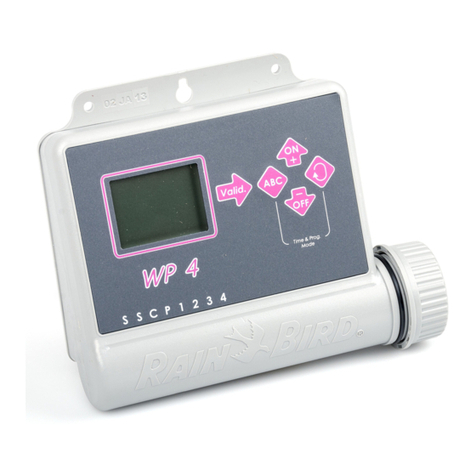
Rain Bird
Rain Bird WP Series Technotes
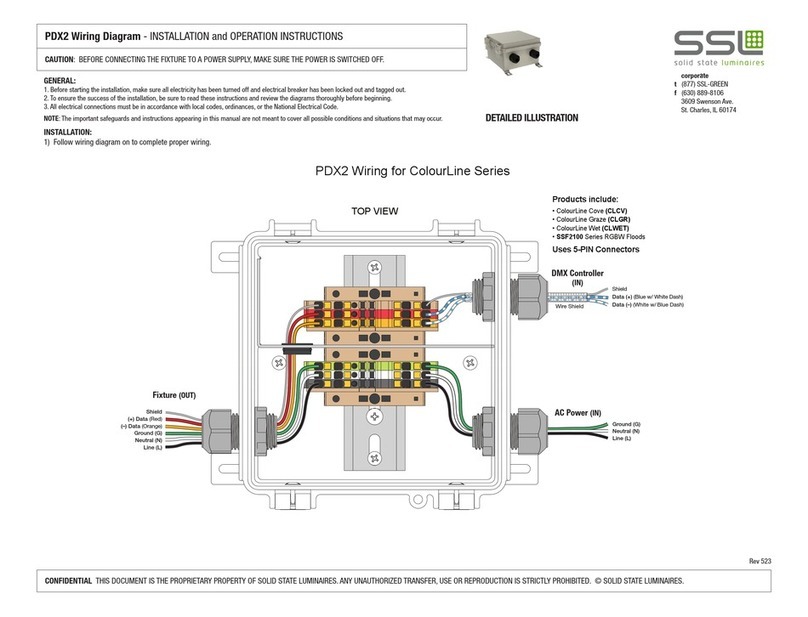
Ssl
Ssl PDX2 Wiring diagram
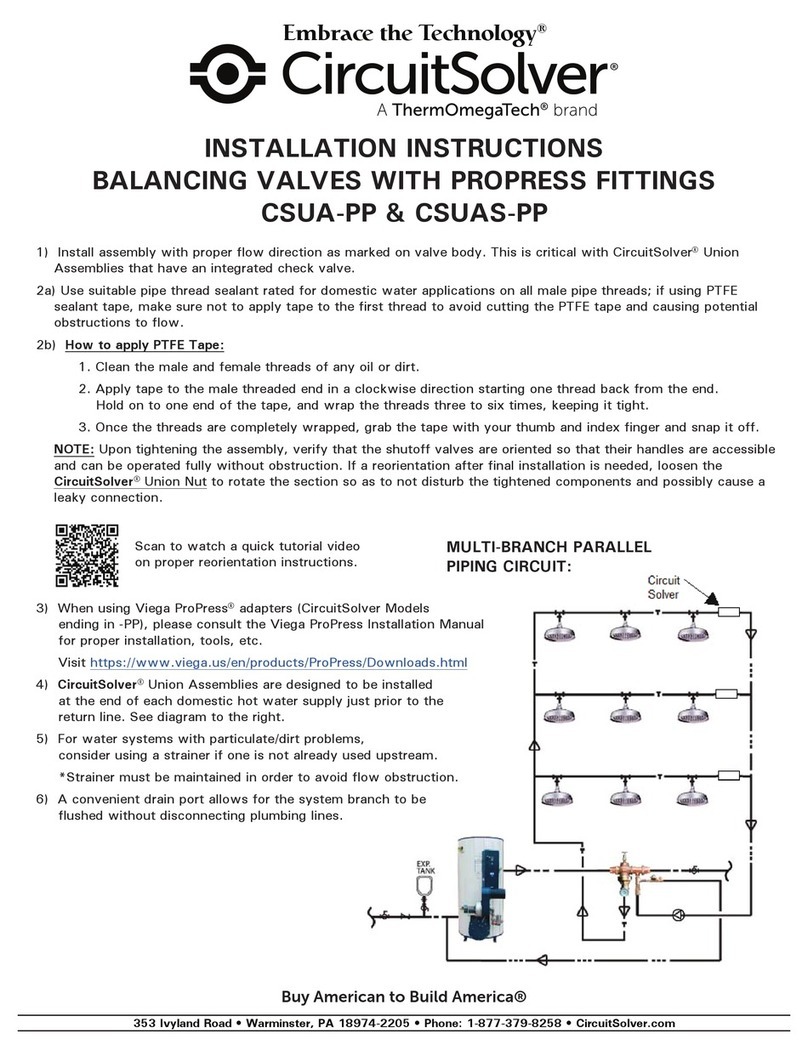
ThermOmegaTech
ThermOmegaTech CircuitSolver Embrace CSUA-PP installation instructions
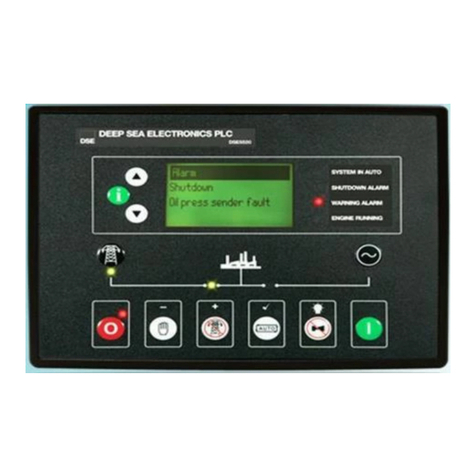
Deep Sea Electronics Plc
Deep Sea Electronics Plc DSE5520 operating manual
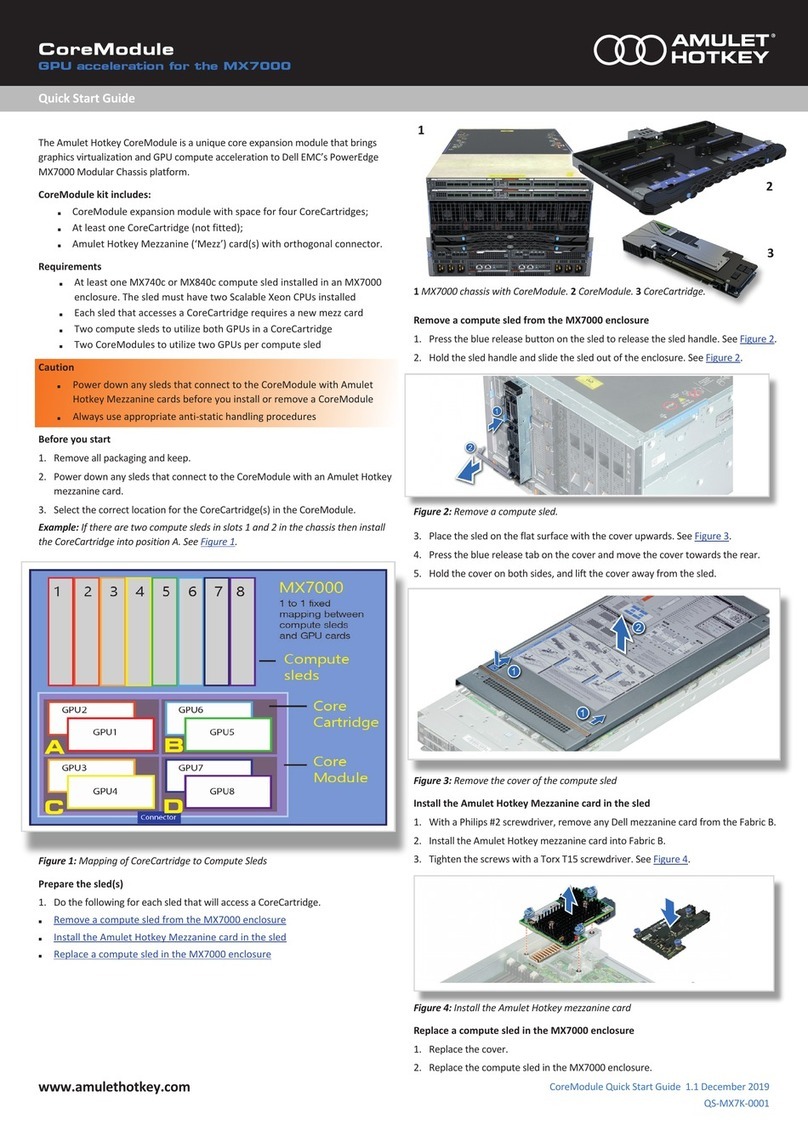
Amulet Hotkey
Amulet Hotkey CoreModule quick start guide

GF Piping Systems
GF Piping Systems NeoFlow operating instructions
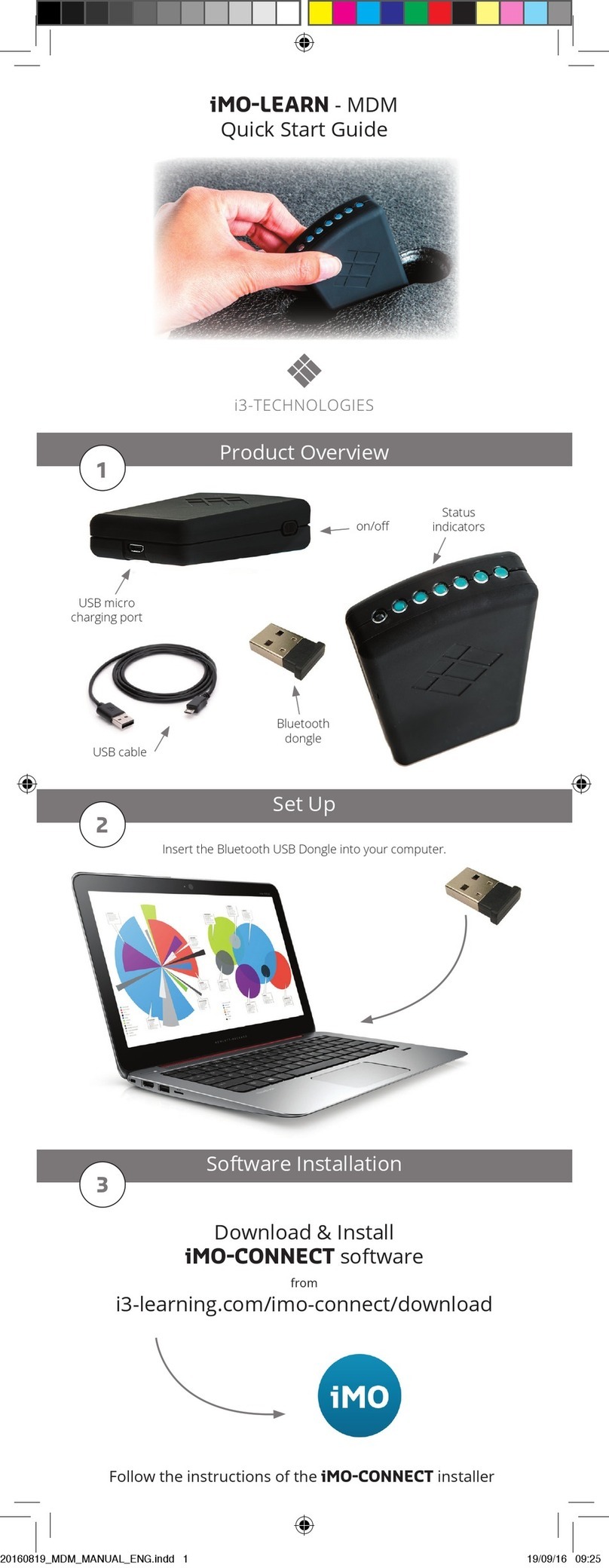
i3-TECHNOLOGIES
i3-TECHNOLOGIES iMO-LEARN MDM quick start guide
ON Semiconductor
ON Semiconductor LV8702VSLDGEVK quick start guide

Bosch
Bosch FLM-420/4-CON-S installation guide

Elatec
Elatec TWN4 MultiTech 2 HF Integration manual
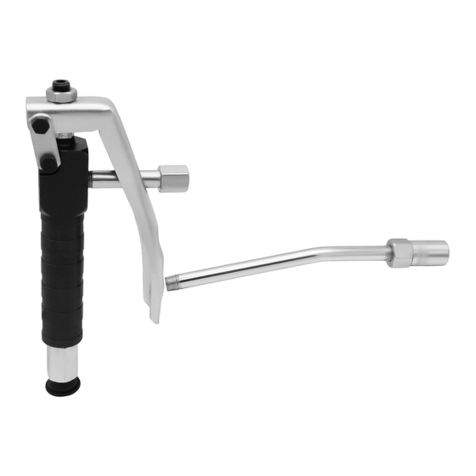
Groz
Groz APG-04 instruction manual
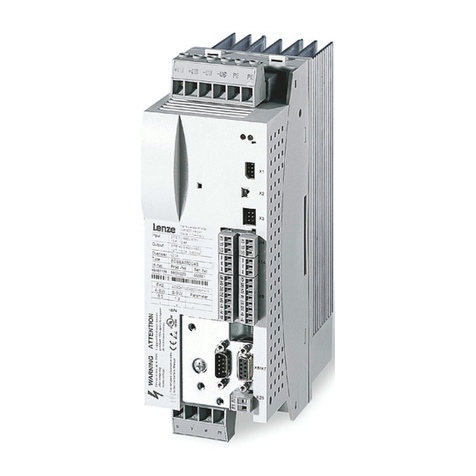
Lenze
Lenze ECS series operating instructions
